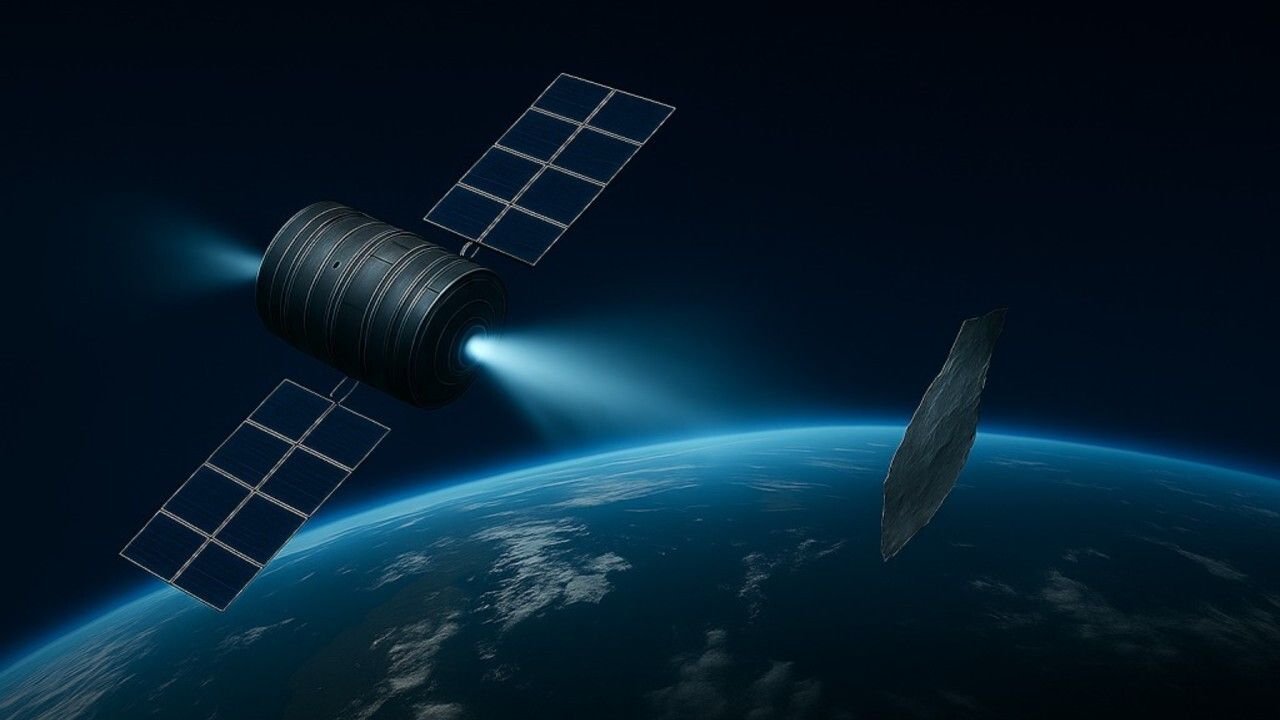UPDATE: A groundbreaking project called ALBATOR has just been announced, aiming to tackle the escalating threat of space debris using advanced ion beam technology. This innovative initiative, backed by 3.9 million Euro ($4.6 million USD) in funding from the European Commission, seeks to remove hazardous space junk without physical contact, enhancing safety for vital satellites and the International Space Station.
As of now, an alarming 140 million pieces of orbital space debris, some as small as 1 mm, are cluttering Earth’s orbit, according to the European Space Agency. With new satellite launches occurring nearly every week, the risk of collisions is intensifying. While companies like SpaceX have implemented maneuvering strategies to avoid crashes, older, defunct objects remain a significant hazard.
The ALBATOR project, which stands for “ECR-Based Multicharged Ion Beam for Active Debris Removal and Other Remediation Strategies,” sets itself apart by utilizing a non-kinetic method to shift debris. Unlike traditional methods that involve capturing or physically interacting with debris, ALBATOR employs a particle beam of ions to maneuver debris from a distance.
This project, coordinated by French startup Osmos X, is expected to run for 3.5 years and is scheduled to conclude in February 2029. Universities from Spain and Germany are collaborating on this initiative, alongside NorthStar, a Canadian company that specializes in space situational awareness products.
“We aim to provide a safer and more versatile solution to one of the greatest challenges facing space sustainability: the proliferation of debris in Earth’s orbit,” stated officials from NorthStar in a recent release. This project is part of a larger effort by the European Innovation Council to support breakthrough technology projects with high scientific ambition.
The urgency of this project cannot be overstated. According to the National Oceanic and Atmospheric Administration (NOAA), by 2040, the amount of debris entering Earth’s atmosphere from satellites could match the volume of dust from meteors, as highlighted in a recent study published in the Journal of Geophysical Research.
As the ALBATOR project progresses, the need for effective debris removal becomes increasingly critical. The implications for space exploration, satellite operations, and global communications are profound. Stakeholders and space agencies around the world are closely monitoring the development of this innovative solution to ensure the safety and sustainability of space activities.
Stay tuned for further updates on the ALBATOR project as it unfolds, and consider the urgent need for action in the face of a growing space debris crisis.
